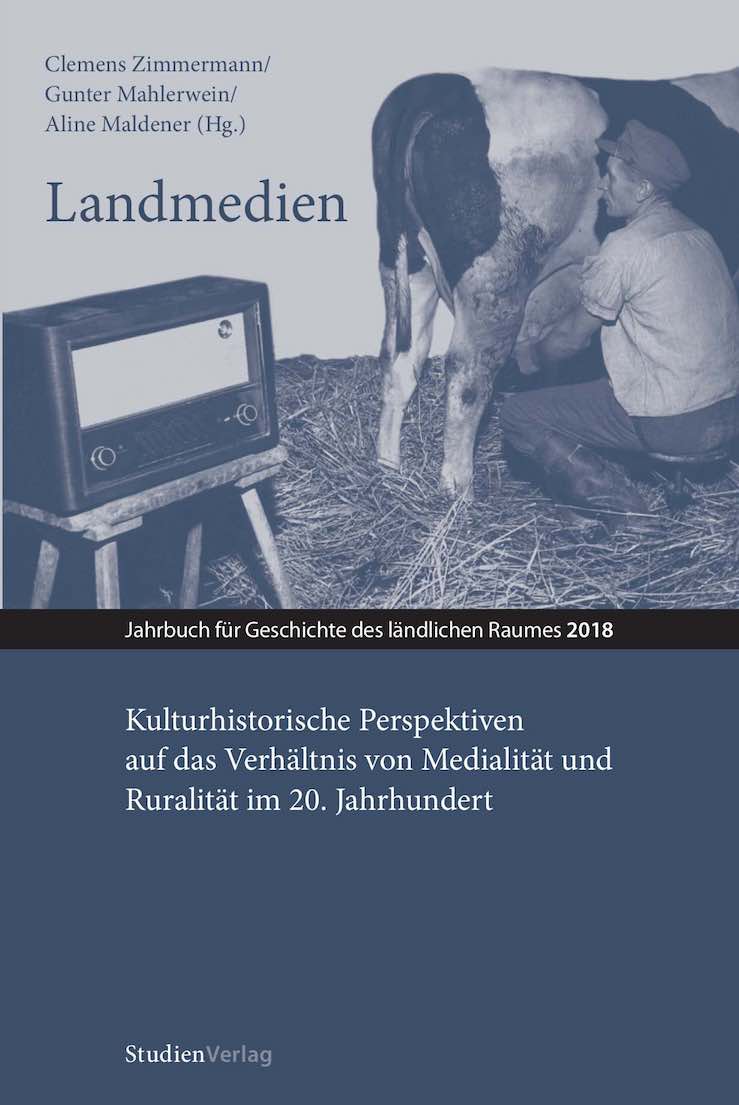Communication in rural areas
Transformation processes from the late 19th century to the present
DOI:
https://doi.org/10.25365/rhy-2018-5Keywords:
communication tools, Rhinehessen, microhistory, communicative spacesAbstract
Based on an empirical study on Westhofen, a village in Rhineland-Palatinate, the article begins with one of the village’s oldest inhabitants, who notices a decline in solidarity and interpersonal relationships in his hometown. This leads to the question of how communication in rural areas has changed from the late 19th century to the present. The focus of this study is the interdependencies between social structures and rural characteristics of communication. In order to reconstruct the terms and conditions of communication the author analyses structural features as well as the role of conversational partners and communication devices. Generally, personal face-to-face interaction played a significant role and was gradually complemented with new ways of written communication like postcards or letters. With the beginning of the so-called consumer society the use of media increasingly gained importance in everyday life. Simultaneously demographic changes, infrastructural improvements and technological innovations opened other, more extensive spaces, which gave the rural population the possibility to socialize in new areas. These changes effectuated an enormous expansion of communication structures whereas traditional communicative spaces like the neighbourhood and collective media-use gradually lost their importance – although they did not vanish completely.


